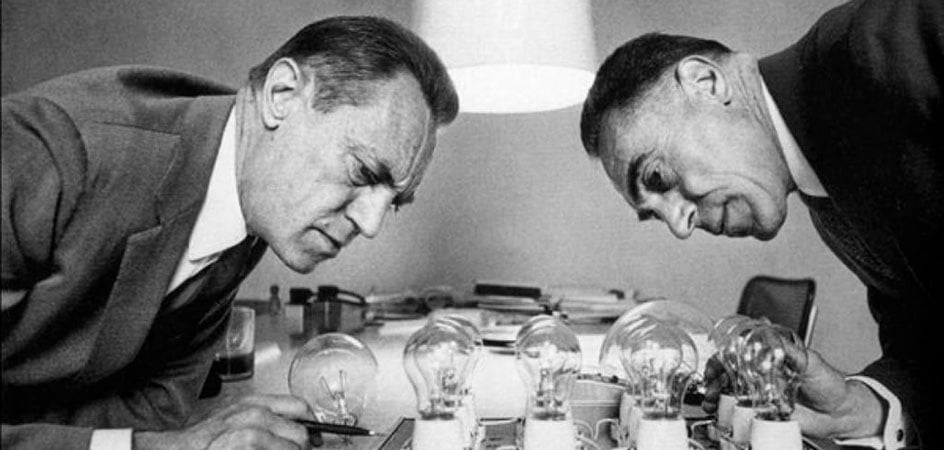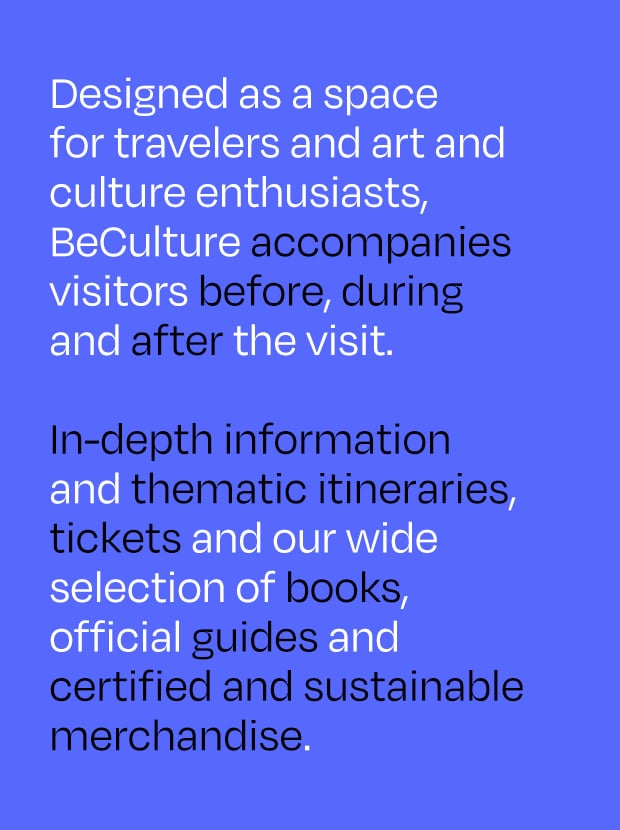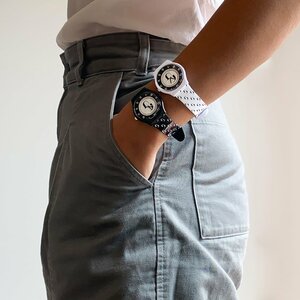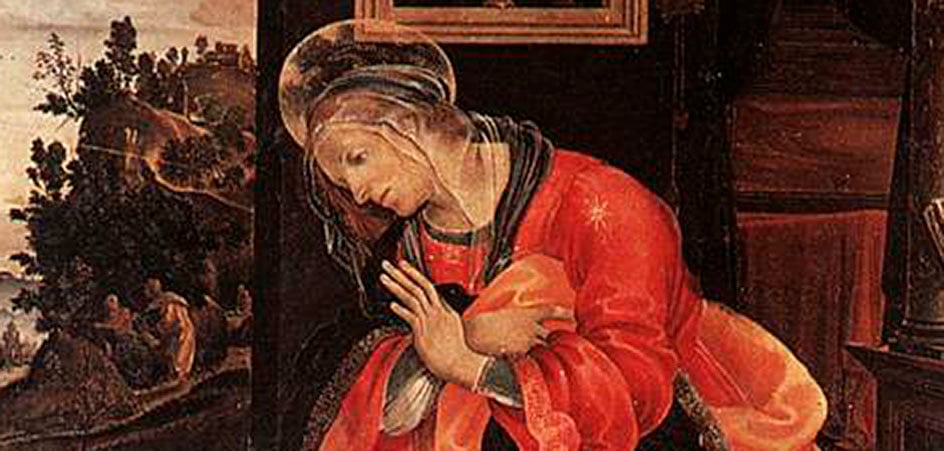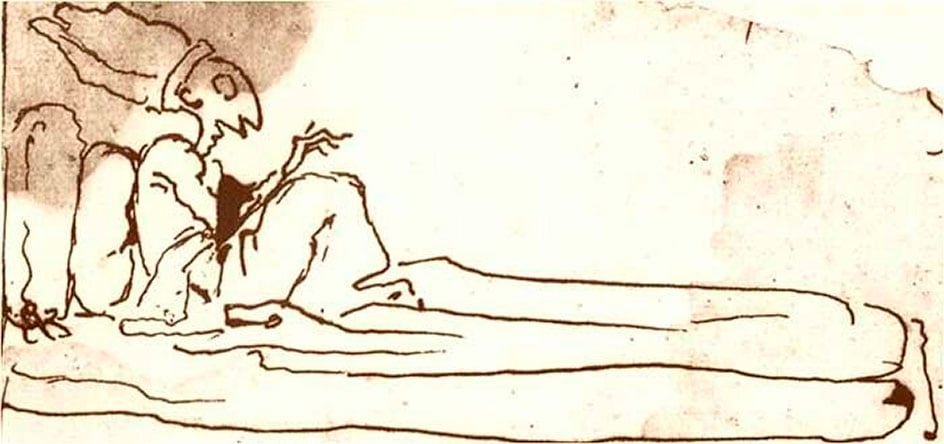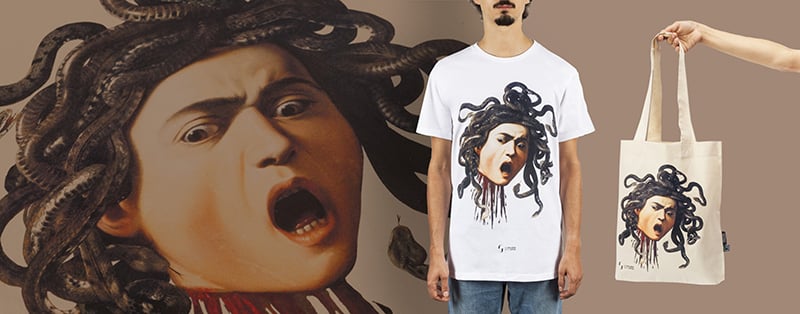When talking about Italian design, it’s hard not to immediately think of Achille Castiglioni and his brother Pier Giacomo. Both were award-winning architects and designers who, starting in the 1940s, created some of the most original projects on the Italian and international scene, producing objects still found in our homes and in museums around the world. To understand how much we owe to the Castiglioni brothers, and especially to Achille, let’s review his life and works with a focus on his industrial products.
Achille Castiglioni, architect and designer
“I always start from an idea, then I modify it and refine it as I carry it out. There’s a lot of modeling in my work, also because I’m the son of a sculptor and I always saw my father working with his hands and shaping materials to gradually achieve the desired form”. That’s how Achille Castiglioni described his method in the 1980s, recalling the connection between his approach and that of his father, Giannino, from whom he inherited manual skills and an interest in the plasticity of objects.
The youngest of three brothers – Livio (1911–1979) and Pier Giacomo (1913–1968) – Achille was born in Milan in 1918 and graduated in architecture in 1944. As early as 1938, he began collaborating with Pier Giacomo, also an architect: a productive partnership that lasted until the latter’s death. Together, the Castiglioni brothers worked on exhibits, architecture, interiors, as well as everyday furnishings and objects, especially lighting fixtures.
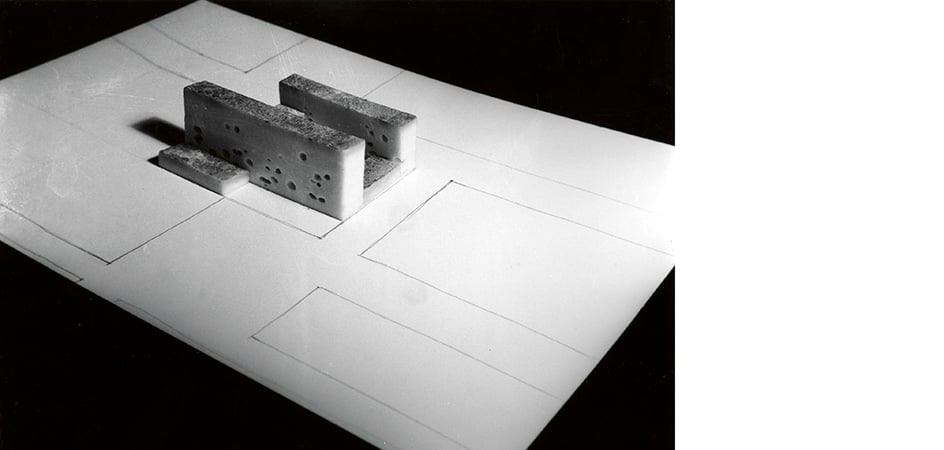
Their production was marked by functional rationality paired with great inventiveness and a certain sense of humor. That same wit was apparent even when Achille was still a student in 1940, when he presented a model made of cheese slices during a Politecnico di Milano exam. The project involved a local Fascist cultural center, and his choice of materials delivered a sardonic critique of the regime.
This episode foreshadowed the experimental and essential nature of his later creations, often achieved by combining different materials and objects into a single product.
Timeless design: 5 Achille Castiglioni creations you should know
Throughout his life, this multifaceted talent received many official accolades, first among them the prestigious Compasso d’Oro. Achille Castiglioni won nine in total: eight for his products (including some created with his brother) and a special mention “for elevating design, through his irreplaceable experience, to the highest cultural values”, as stated in the motivation.From his extensive portfolio, here are five particular objects – still in production – that range from accessories to furniture to lighting, showcasing his versatile and creative flair.
1. Mezzadro (1971)
With a touch of Duchampian flavor, Mezzadro demonstrates the Castiglionis’ ability to take existing objects from fields unrelated to home furnishings and combine them to create something new, producing a striking effect. Designed in 1957 and exhibited at the 11th Triennale, Mezzadro consists of just four components.
A tractor seat in stamped and painted metal is attached to a curved metal stem (also used in tractors) without screws or bolts, thanks to a typical bicycle pin. The stool is completed by a beechwood foot borrowed from the nautical world, providing greater stability for the seat.Zanotta has been producing it since the 1970s in orange, red, yellow, white, or black. Pop Art and the ready-made become furniture: Mezzadro, with its unusual, quirky look, challenges the almost reverential attitude often accorded designers and their creations.
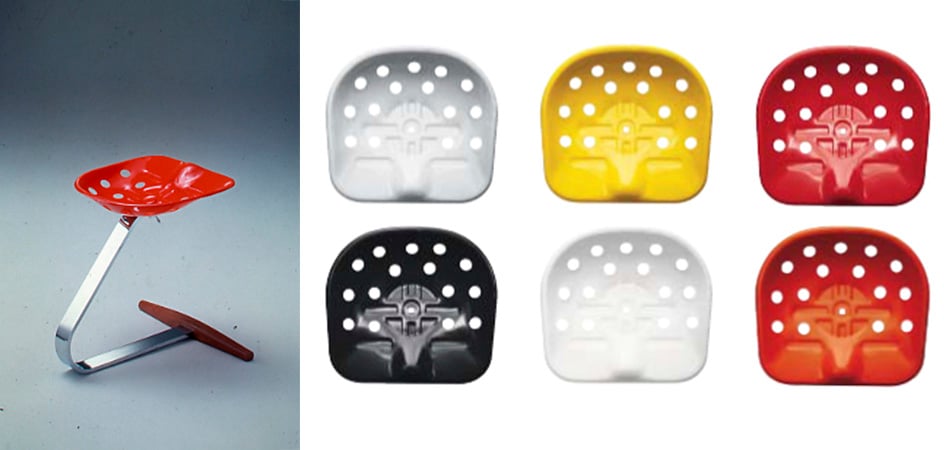
2. Sleek (1962)
Called Sleek, it’s a jar spoon commissioned from the Castiglioni brothers by a marketing agency to promote Kraft mayonnaise. “We could have made a handle shaped like a woman or a cat: the client would have been perfectly happy. Instead, we created a useful object”. These are Achille’s words from 1997, recalling the origins of a project first conceived in 1962 and still produced by Alessi today.
Sleek is 20 cm long, made of plastic, and has an asymmetric shape unlike any other spoon: its tip has the same curvature as a standard jar; the straight side perfectly adheres to the container’s interior and ends at the exact angle where the cylindrical body meets the glass neck.
The handle is also carefully designed: its front could display advertising text, while the back has a small raised tab for resting your thumb and ensuring a firm grip.
Unconventional and original, it’s a testament to creativity at the service of functionality (and indulgence!).

3. Arco (1962)
Created by Achille and Pier Giacomo, Arco is one of the most iconic pieces in the brothers’ collection. Like many of their works, this one also came from a practical need: to illuminate a table with a light source that could be moved freely around a space, rather than fixed to the ceiling (as was common at the time).
The result is a floor lamp, linear in both form and construction, inspired by street lamps. Its telescopic, arched stem – three pieces of stainless steel encasing the electrical wires – slides into itself, allowing the height to be adjusted to three different positions.
The lamp’s shade is composed of two parts: a perforated cap that helps cool the bulb housing, and an adjustable aluminum ring.
Its base is a white marble block weighing nearly 65 kg that serves as a counterweight. “Nothing in the Arco is decorative: even the rounded edges of the base have a function, which is to prevent it from bumping you; even the hole is not just a whimsical detail but makes it easier to lift the base”. A simple broom handle inserted into this hole is enough to move it across the floor.
Over the years, Arco (now produced by Flos) has changed very little, though it has seen many imitations – some more successful than others.
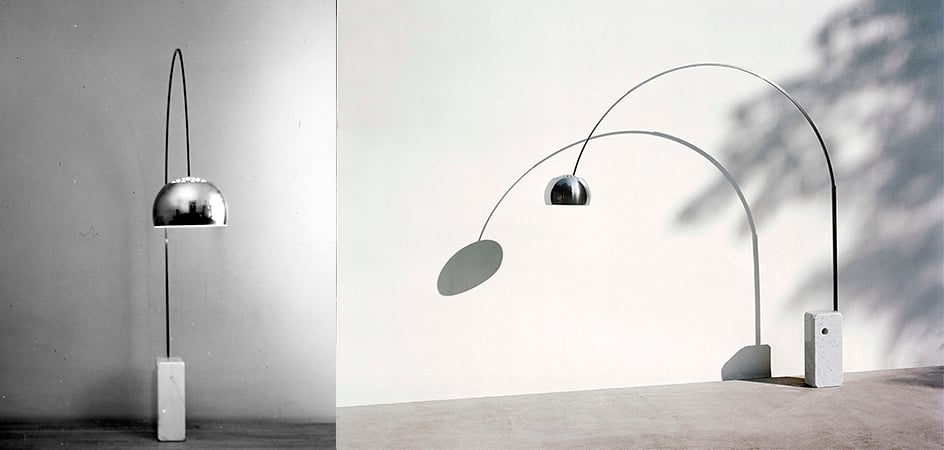
This global success is a testament to the lamp’s enduring appeal. It’s not the only Castiglioni lamp to achieve such fame: among the most iconic is the timeless Parentesi, one of the Compasso d’Oro–winning objects most commonly found in our homes, and also on display at the ADI Design Museum in Milan.
4. Interruttore rompitratta (1968)
It’s the object Achille was proudest of and, paradoxically, the one for which he’s least recognized, having remained anonymous by the Castiglionis’ own choice for a long time.
The idea is simple yet highly versatile: the interruttore rompitratta can be attached to any electrical cord lacking its own switch, allowing you to turn the current on and off.
It’s made up of two rounded thermoset plastic shells to facilitate handling and moving it around. On the upper part, the raised toggle is used to switch the light on and off, accompanied by its distinctive click. Although minimalist, it’s easy to locate and use even in the dark: simply slide your hand along the cord to find it.Designed with Pier Giacomo, millions of units were produced and it’s still found in the Relco Group catalog today.

Are you interested in articles like this?
Sign up for the newsletter to receive updates and insights from BeCulture!
5. Spirale (1971)
An everyday object, the ashtray, is reimagined by Achille in a seemingly trivial but remarkably effective way. A stainless-steel bowl houses a removable spring. This solves two problems in one go: it’s easy to clean, and it offers a secure spot to rest a cigarette, which remains firmly in place between the spiral coils.
Originally produced by Bacci in Belgian marble and silver plate, it’s now available from Alessi in two sizes: 16 cm diameter (7 cm high) or 12 cm diameter (4.5 cm high).
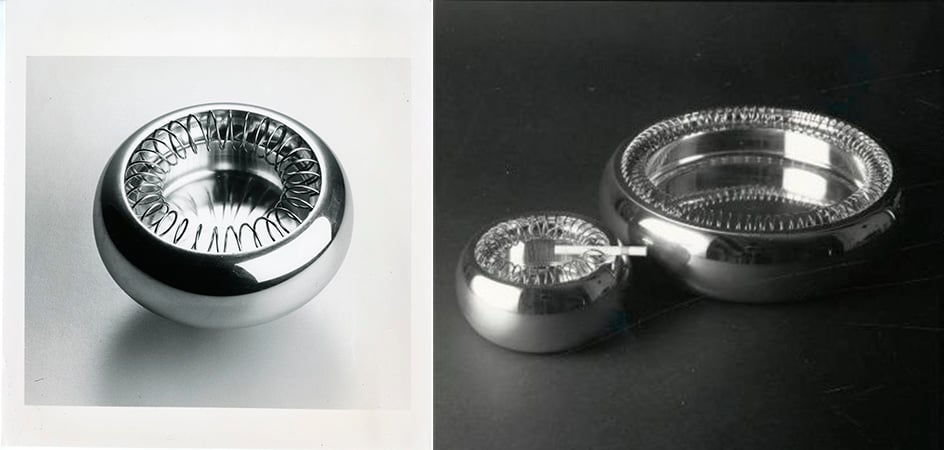
In a 1992 article for L’Espresso, Achille wrote: “If you’re not curious, forget it. If you’re not interested in other people – how they act – then being a designer isn’t for you. Don’t think you’re going to invent the world. It’s not like that, and it shouldn’t be”.His projects thoroughly embody this philosophy. Thanks to his open-minded, inquisitive, “hands-on” perspective – and his ability to translate these qualities into functional creations – Achille Castiglioni remains an undisputed master of Italian design.


